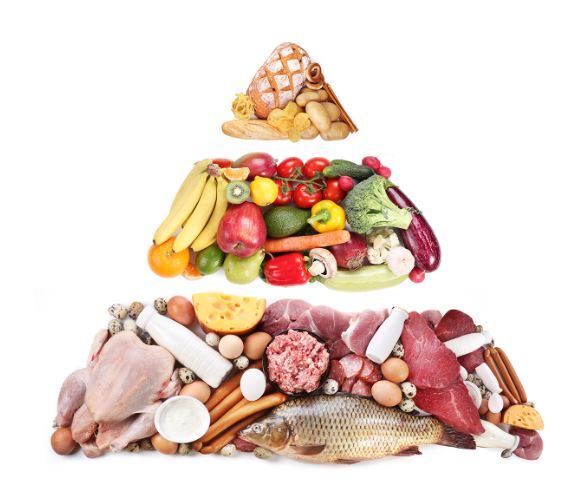The newly-formed group of low-carb diet advocates pointed to a “large and growing body of scientific research” that demonstrates how carbohydrate restriction is a safe and effective dietary strategy to prevent “and even reverse” chronic diet-related conditions such as type 2 diabetes, obesity, and high blood pressure.
According to the 2014 meta analysis cited by LCAN, among 59 eligible articles reporting 48 unique randomized trials (including 7,286 individuals) and compared with no diet, the largest weight loss was associated with low-carbohydrate diets.
Currently, the DGA does not include a low-carb diet plan. Members of LCAN have said that current dietary guidelines do not apply to most Americans and that a variety of dietary options should be presented to Americans.
“One size does not fit all. If there is anything we've learned over the last four years, it's that the low-carb approach should be a viable option," said Dr. Eric Westman, Associate Professor of Medicine at Duke University.
LCAN plans to launch a grassroots campaign in the coming months to urge leaders at USDA and HHS to ensure that a properly defined low-carb diet is included in the DGA to provide a dietary option for the majority of Americans who suffer from diet-related, chronic diseases.
What does a low-carb diet look like in practice?
The USDA Food and Nutrition Service (FNS) clarified with FoodNavigator-USA that both the USDA and HHS have not defined a "low carb diet," nor is it defined in the 2020 Dietary Guidelines Advisory Committee. The National Academies of Sciences, Engineering, and Medicine (NASEM, formerly known as IOM) establishes nutrient recommendations, including the AMDR (Acceptable Macronutrient Distribution Range) for carbohydrates, which is set at 45-65% of daily caloric intake.
A spokeperson for the USDA FNS noted that per the 2020 Dietary Guidelines Advisory Committee's discussion at Meeting 3, which was open to the public, the committee plans to systematically review science on dietary patterns outside of the AMDR, including all studies in which carbohydrate intake is below the AMDR, i.e. below 45% (provided they meet the other inclusion/exclusion criteria listed within the protocols, which have been available online with the opportunity for public comment).
LCAN defines a low-carb diet as reducing carbohydrate intake to below 25% of total calories, which can benefit most individuals especially those who are overweight or obese or people

with pre-diabetes/diabetes, fatty liver disease, high blood pressure, and unfavorable blood lipids that contribute to heart disease, such as low HDL-cholesterol and high triglycerides (fatty acids in the blood). More extreme carbohydrate restrictive nutrition plans such as the ketogenic diet recommend that less 10% of overall daily calories come from carbohydrates.
According to LCAN's website, its general definition of a low carb diet looks similar to an inverted version of the current USDA-HHS dietary guidelines, in which fats and protein make up the base of the pyramid.
“This diet is highly effective to prevent and treat diet-related illnesses and has decades of evidence to support it,” said Dr. Mark Cucuzzella, professor of family medicine at West Virginia University.
A place for carbs in the American diet
The rise in popularity of low-carb diets such as ‘going keto’ or simply a general avoidance of carbohydrates is a prevalent consumer trend. However, is this cautionary tale unfairly demonizing all sources of carbohydrates, even one from whole food sources?
Dr. Dana Ryan, Herbalife Nutrition’s director of sports performance and education told this publication that carbs have their place in the American diet, in balance with other macronutrients such as protein and fats.
“We’ve gotten to the point where we’ve demonized carbohydrates without adequate education that I think in a way is really hurting us.
“We really go back to this notion of balance, rather than there be one macronutrient that’s superior to the rest,” said Dr. Ryan.
Dr. Ryan also noted that consumer education is needed around the source of cabrohydrates (e.g. carbs from whole grains and fruit vs. refined flours and sugar).




